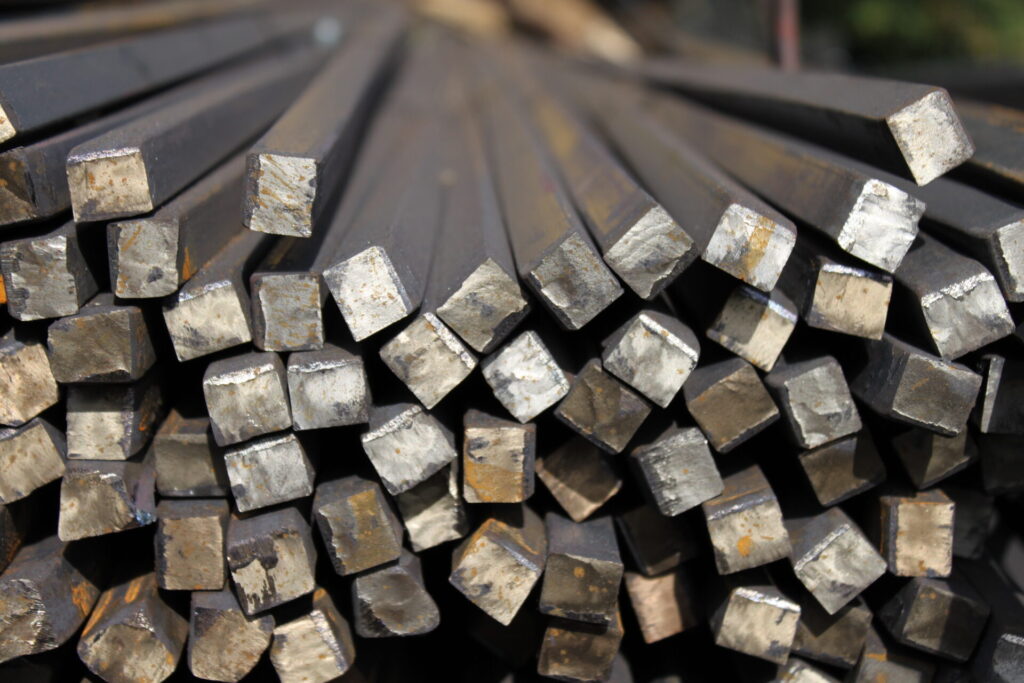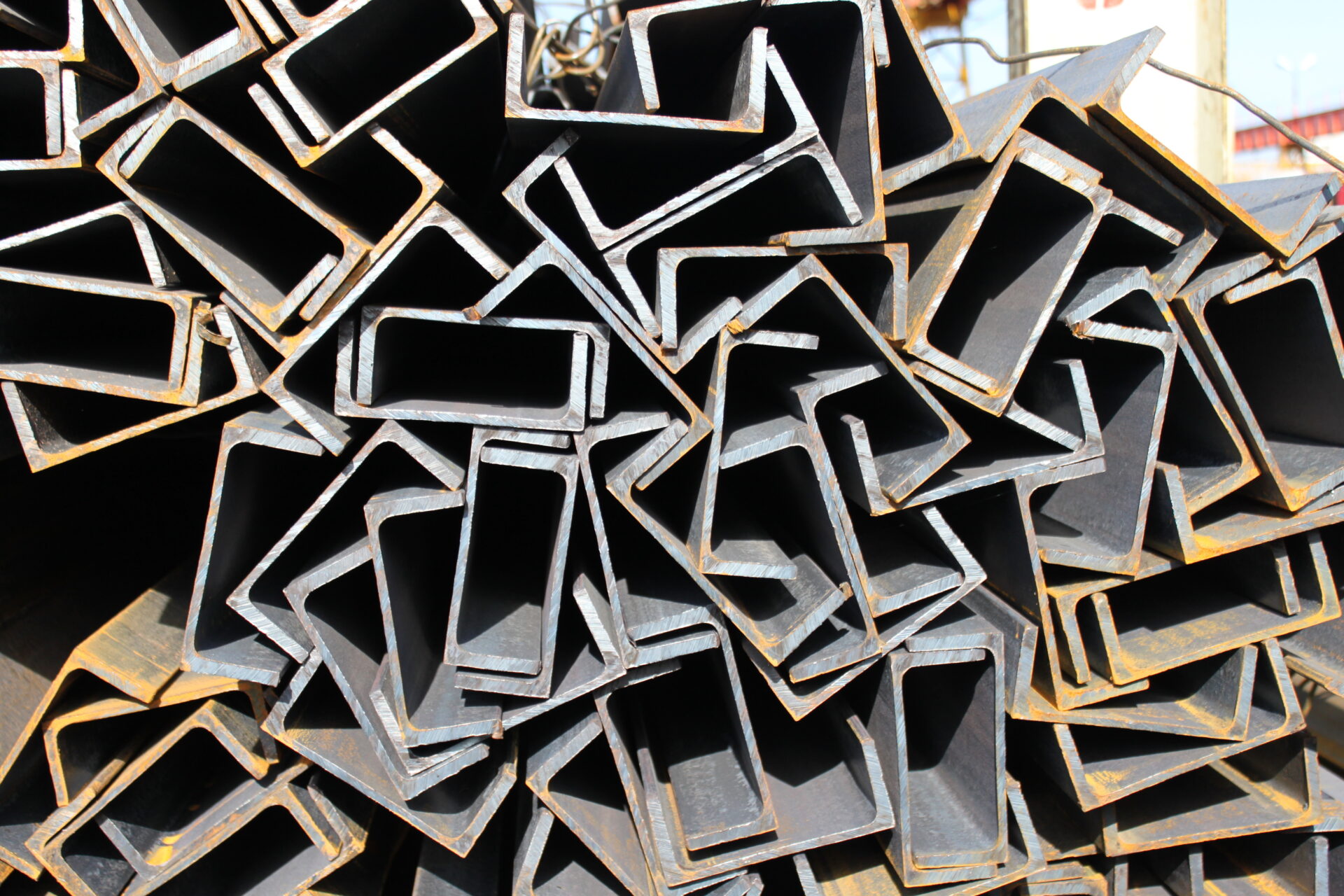In the world of metals and alloys, carbon steel stands out for its versatility and wide range of applications. From rectangular tubing to aluminum sheets, and teflon sheets to stainless steel sheets, the variety of materials available can be overwhelming. However, it remains a fundamental material in construction, manufacturing, and engineering.
In this comprehensive guide, we’ll dive into everything you need to know about carbon steel, answering the most searched questions. We’ll also touch on expanded metal, square metal tubing and aluminum tread plate.
Is Carbon Steel Better Than Steel?
To understand this, it’s crucial to know that carbon steel is a type of steel. The key difference lies in the carbon content. Carbon steel, also known as mild steel contains up to 2.1% carbon, which affects its strength and ductility. Compared to other steel types, mild steel offers a perfect balance of durability and malleability, making it superior for certain applications like steel tubes and square metal tubing.
Does Carbon Steel Rust Easily?
Yes, mild steel does rust more easily than some other materials, such as stainless steel sheet metal, which contains chromium that provides corrosion resistance. Carbon steel can rust, but this can be prevented with coatings and maintenance. This makes it a good choice for steel tube applications.
What is Carbon Steel Used For?
It’s applications are vast and varied. Its high strength and resilience make it suitable for use in tubing for structural purposes. Additionally, carbon steel’s excellent formability makes it ideal for the manufacturing process of aluminum plates and aluminum tubes in automotive bodies, machinery parts, and even in the production of teflon sheets. Its versatility extends to the kitchen, with carbon steel being a preferred material for professional-grade cookware.
Is Mild Steel Real Steel?
Absolutely. Carbon steel is as real as it gets.
It’s a substantial category within the steel family, defined primarily by its carbon content. This classification includes everything from the softest, most ductile grades to the hardest, most wear-resistant forms. Whether it’s used in aluminum sheet manufacturing or expanded metal, mild steel is a fundamental component of many industries.
What are the Disadvantages?
While mild steel is advantageous for many reasons, it has its drawbacks. Its propensity to rust is a significant disadvantage compared to corrosion-resistant.
Higher carbon forms of aluminum are less flexible. This makes them unsuitable for applications that require easy shaping. Examples include aluminum tread plate and aluminum tube fabrications. However, these disadvantages can often be mitigated through alloying and protective finishes.
Which is Stronger: Stainless Steel or Carbon Steel?
The strength of steel, whether stainless or carbon, depends on its composition and treatment. Generally, carbon steel is stronger and harder than stainless steel due to its higher carbon content, which lends itself well to applications requiring durability and resistance to wear and tear, such as in steel tubes. Stainless steel is best for places that rust easily because it resists corrosion better than other materials.
What is Expanded Metal?
Expanded metal is sheet metal that has been cut and stretched to create a pattern of mesh-like diamonds or squares. It’s widely used for its combination of strength, durability, and lightweight nature. While not made of carbon steel exclusively, expanded metal can be produced from aluminum sheets, stainless steel sheets, and, importantly, carbon steel. This versatility makes it ideal for applications ranging from walkways to fencing, and protective barriers.
Whether you’re working with rectangular tubing, aluminum sheets, or teflon sheets, understanding the properties and applications of carbon steel is essential. For all your carbon steel and alloy needs, remember Millennium Specialty Alloys is here to provide you with high-quality materials and expert advice. Explore our products and services today.


